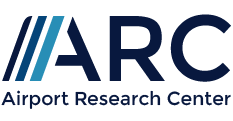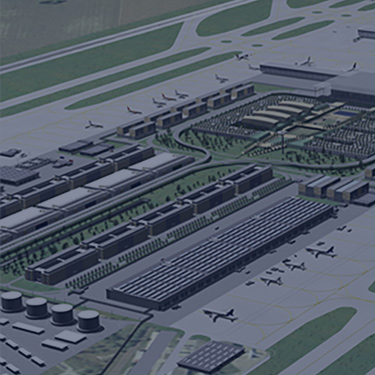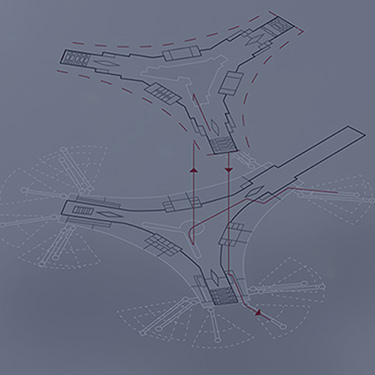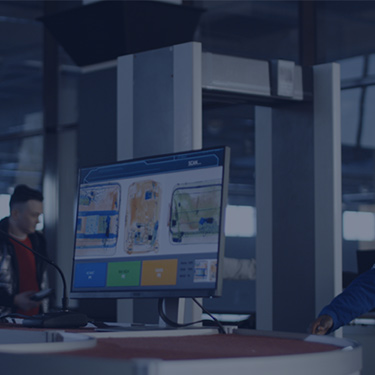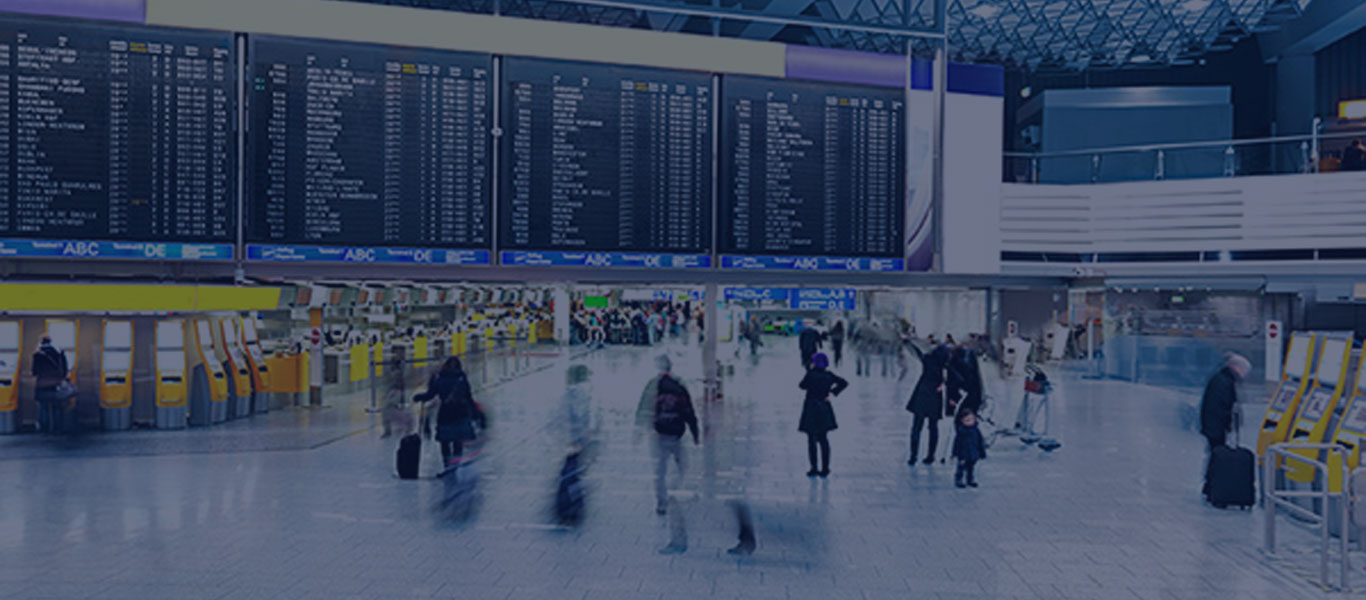Similar to airport terminals, train station buildings are used by thousands of passengers per day. This leads to similar challenges for planning and operating regional or long-distance train stations in order to fulfill all requirements in terms of passenger safety and comfort as well as an efficient use of resources.
CONSULTING
Train Station Simulation
By using its powerful and flexile CAST Simulation toolsuite, ARC is able to enhance the function of train station buildings ensuring efficient operation and avoiding unnecessary investment costs.
The combination of well founded capacity calculations and visually attractive 3D simulation models allows easy detection and mitigation of potential bottlenecks and the elaboration of a robust operational concept, which is also trusted by other stakeholders.
One further highlight is the optional combination of a train station model with an airport terminal simulation model, allowing to understand interdependencies between trains and flights regarding passenger loads. This makes CAST the tool of choice for all airport train stations.
Facts & Benefits
- Understanding the occupancy level at platforms
- Identifaction of heavily used infrastructure, e.g. stairs and escalators
- Facility requirement calculation for ticket vending machines and validators
- Ensuring passenger comfort regarding
space, waiting time, walking distances - Avoiding overcrowding and safety risks
- What-if scenarios with a digital twin
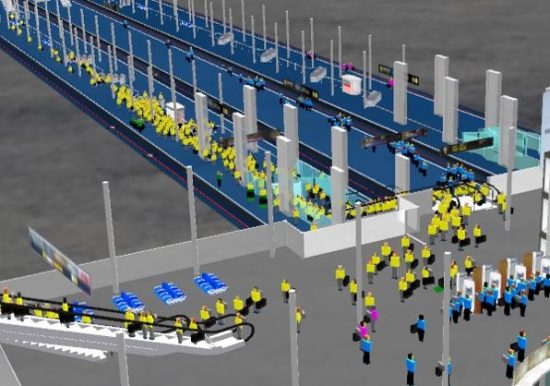
Potential Analyses and KPIs
Occupancy Level at Platform
- For train departures while waiting for the train
- For train arrivals while leaving platform via stairs/escalators with limited throughput capacity
- Impact of schedule change, delay, different train types
Flow Analysis
- Filling and clearing of train and platform via stairs, escalators etc.
- Impact of disruption, e.g. last minute platform change
- Demand, queues and waiting times at ticket vending machines or validators
Connection Process
- Connection time / distance analysis
- Impact of changed track allocation
Integration with Airport Simulation
Benefits
- Traffic generation based on (forecast) flight schedule
- Holistic view on situation
- Understanding interdependencies, e.g. check-in peak after train arrival or higher train loads after flight arrival
Technical Approach
- Combination of airport and train station in same model
- Sharing the same input parameters
- More efficient workflow (no setup / learning of other model)
Reference Extract
This bus station is the central hub in the urban and regional bus system and, with around 2,000 bus departures per day, is one of the largest bus stations in [...]
Oslo Airport Train Station
Simulation of Airport Rail LinkAn airport causes high passenger volumes also at its train station. How can the passenger flow from train to terminal be optimized? [...]
Dubai Airports
Level of Service AssessmentEnormous growth requires advanced planning tools. Simulation is the right tool to check the passenger terminal’s performance and to identify and solve potential bottlenecks before they actually happen. [...]
